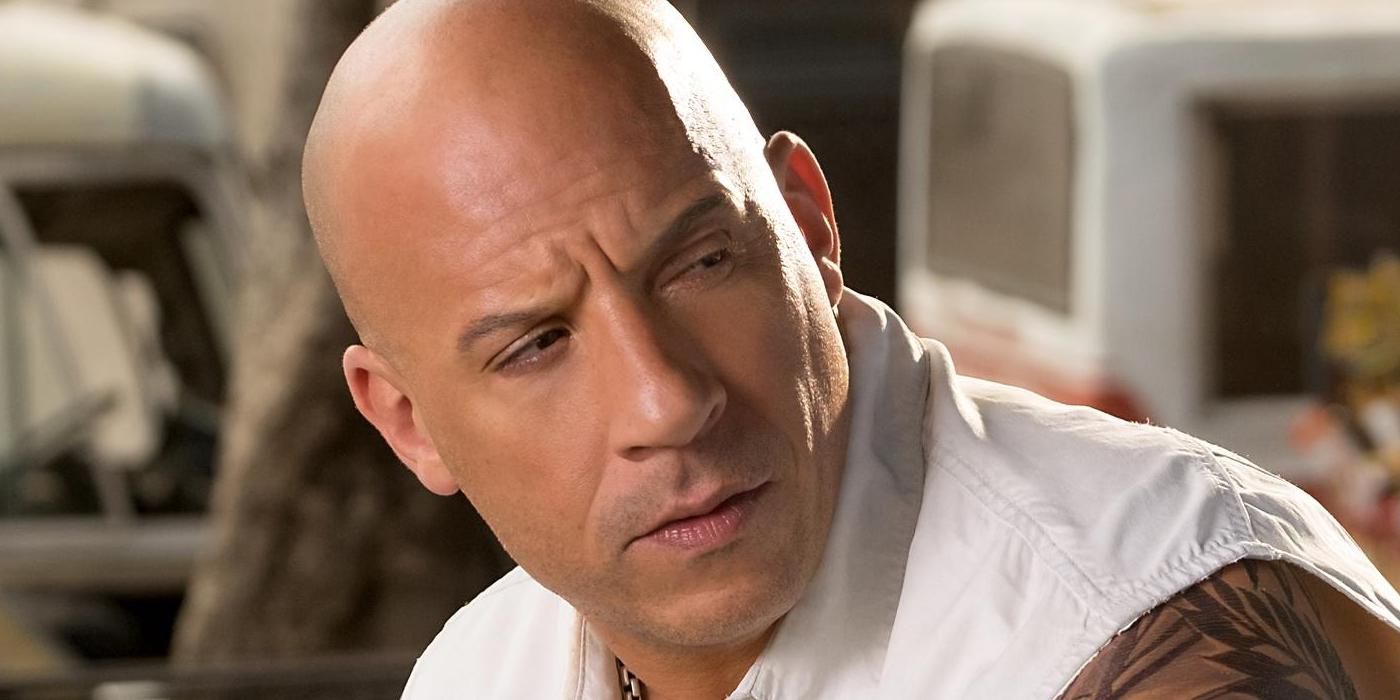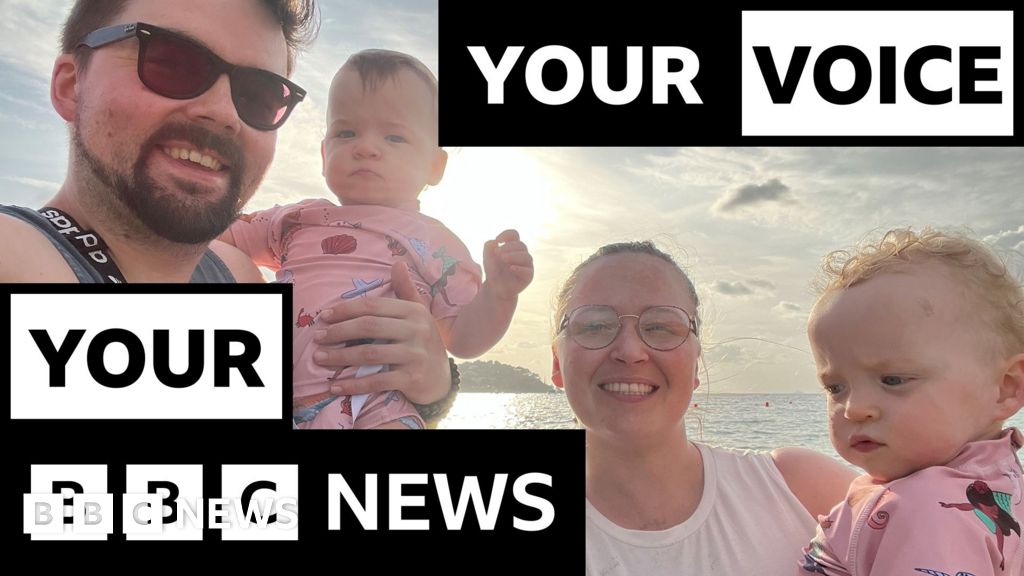Why Trump’s tariffs won’t ruin your Korean beauty routine
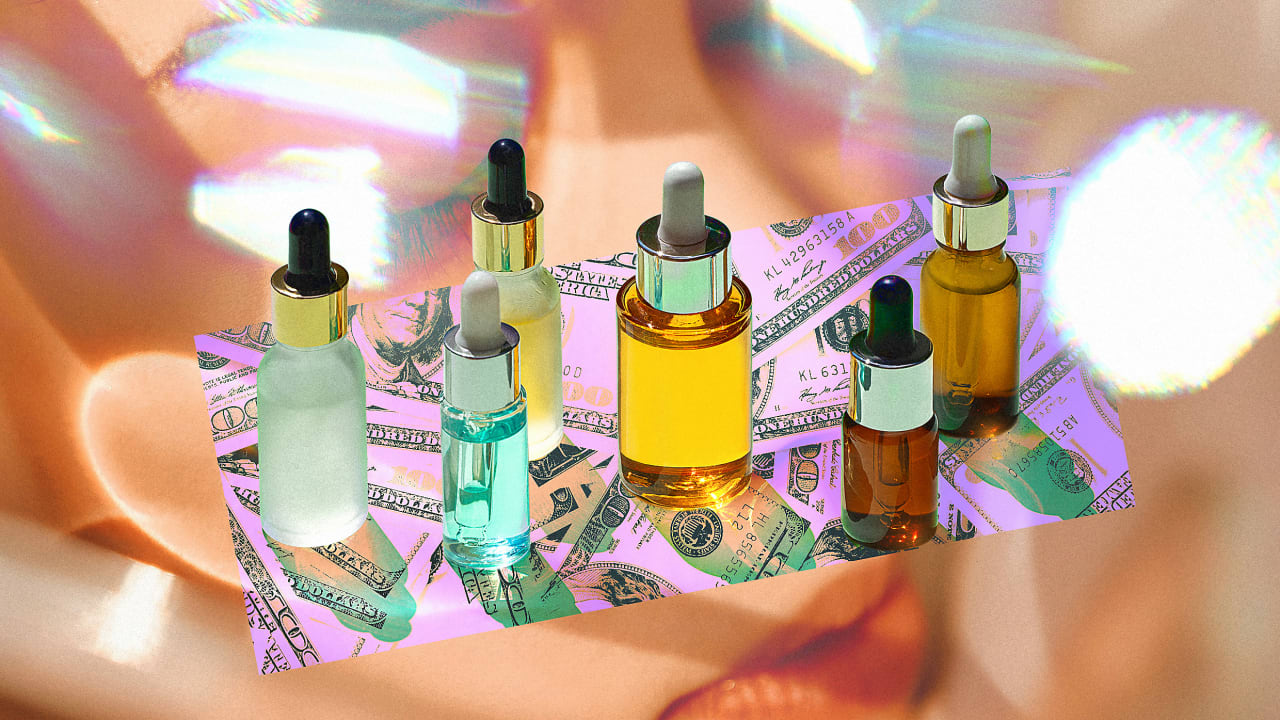
President Trump sent a letter to South Korea last week threatening to levy a tariff of 25% on Korean products imported to the United States starting on August 1 unless the two countries arrive at a trade deal. More than 3% of all U.S. imports come from Korea, including cars and electronics. For some consumers, though, the more pressing question is how these tariffs are going to impact their skincare regimen.
Korea has among the most advanced and innovative beauty sectors in the world, exporting $10.2 billion in makeup and skincare products globally. Korean brands helped invent BB creams, which combine hydration with foundation; lightweight sunscreens that don’t leave any residue; and treatments that help you achieve “glass skin,” a complexion so luminous it looks like it’s made of glass.
Some of the hottest beauty brands in the U.S. are Korean, including Sulwhasoo, Laneige, Innisfree, and Dr.Jart+. So consumers are understandably alarmed about what will happen if the tariffs kick in. When Trump first threatened tariffs on South Korea in April, CBS reported that some Americans were panic-buying K-beauty products.
But experts believe we don’t need to go into a full-blown panic just yet. Sarah Jindal, a beauty analyst at Mintel who has studied the Korean beauty market for years, says beauty brands have high margins, which means they should be able to absorb some of the price increases from tariffs.
Moreover, since Korean beauty brands are often cheaper than comparable U.S. brands, even if prices do increase, the products are likely to remain affordable. (For instance, an Innisfree sheet mask costs $2.50; SK-II’s sheet masks are $15. Laneige’s hyaluronic moisturizer costs $38; Dr. Barbara Sturm’s costs $110.) “K-beauty products are known for having high-quality, effective ingredients at a very good price,” says Jindal. “I believe they will be very resilient to the tariffs.”
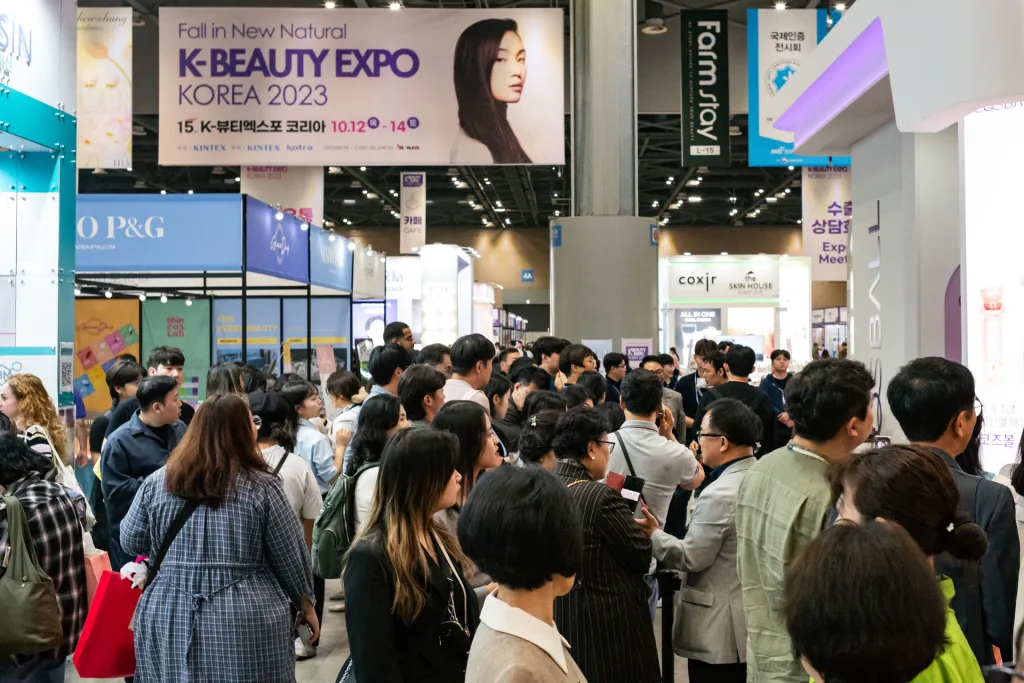
How Korea Became The World’s Beauty Lab
It’s no accident that Korean beauty has become world famous, says Jennifer Carlsson, a beauty brand expert and founder of Mintoiro, a beauty consulting firm. “In Korea, there’s a very high standard for beauty, and how you look can impact your opportunities in work and life,” she says, pointing out that facial surgeries are very common in the country. “People spend a lot of time and money taking care of their skin because it has a material impact on their outcomes.”
Some surveys suggest that Koreans spend the most per capita on beauty than any other country, at $493 per year. As a result, there are hundreds of brands competing to create effective new products. There’s a thriving landscape of chemists and innovation labs that supply brands, and there are many local factories that produce the products. “The sophistication of these Korean factories exceeds the factories in China or the U.S.,” says Jindal. “The rest of the world just doesn’t have their technology.”
Carlsson, who has a database of 20,000 global beauty brands, says Korean consumers have an appetite for newness, so beauty brands are always popping up. They tend to be creative not just with their formulations but also with their beautiful packaging and marketing.
Given how the South Korean market is relatively small, with a population of just over 50 million, successful brands are eager to enter international markets to keep growing. Korean brands have courted many Asian countries, including China and Singapore, as well as Europe. But according to Jindal, the U.S. is their holy grail. “It’s a lot of work breaking into different European countries,” says Jindal. “But the U.S. has a very large, wealthy population that loves beauty. Brands that break into the U.S. market will see immediate growth.”
This is why K-beauty brands have spent the past decade making a concerted effort to reach U.S. consumers by targeting them on TikTok and Instagram and vying to get into retailers like Ulta and Sephora. Now, even as tariffs loom on the horizon, Jindal says it’s unlikely these brands will stop trying to reach Americans. “This is just too lucrative a market for them,” she says.
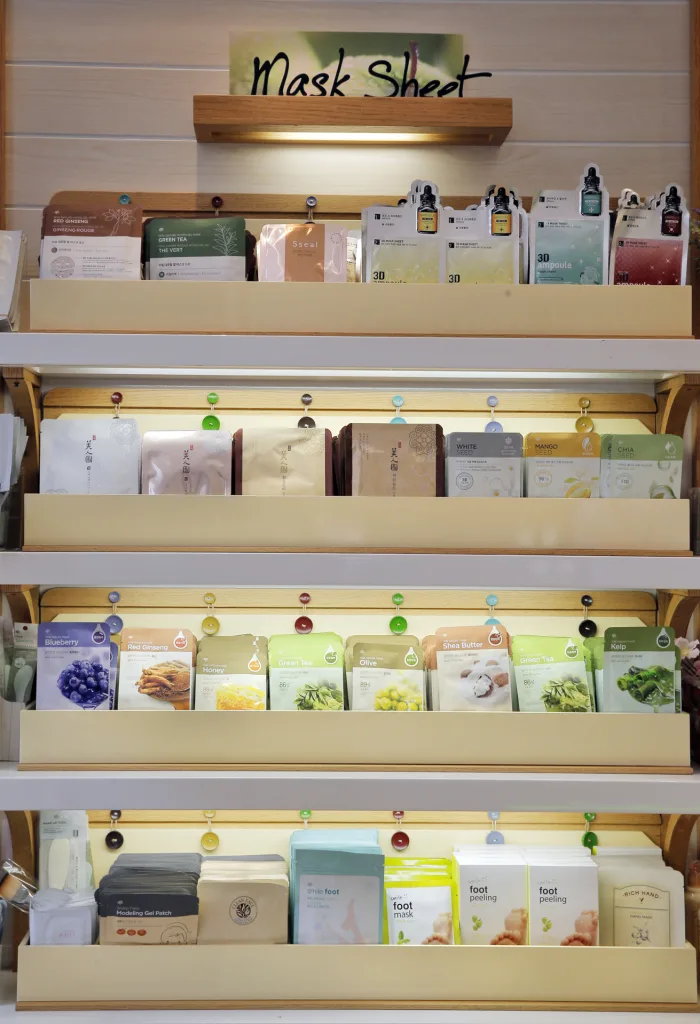
Tariff Stress
Korean brands that export products to the U.S. are concerned about tariffs. But unlike manufacturers of cars and electronics, beauty brands tend to have more wiggle room in adjusting their pricing. According to Carlsson, manufacturing costs typically make up only 10% of the price of a beauty product. A full 50% to 70% goes to the retailer, while the rest goes to packaging, shipping, and advertising. This means that brands may be able to absorb some of the tariffs, rather than passing them on to consumers.
Jindal points out that part of K-beauty’s appeal is how affordable it is. In Korea, there is intense competition among beauty brands, which has driven down prices. To maintain the quality of their products, Korean brands have found ways to manufacture more efficiently and at scale.
Jindal believes that K-beauty brands might even be able to grow their market share in the U.S. if there is a period of economic instability here. While overall inflation in the U.S. has remained relatively tame so far, economists warn that prices are beginning to rise. This is partly because companies are raising their prices as they cope with tariffs. In this environment, consumers are likely to “trade down” on their beauty products. “For luxury beauty fans, this might mean buying more K-beauty, since they can often get similar results for less money,” says Jindal.
Still, the broader feeling of economic uncertainty could have an impact on the beauty industry as a whole, particularly if consumers feel the sting of inflation. “Brands aren’t likely to take risks on new, innovative products,” Jindal says. “They’re more likely to focus on tried-and-true products that they know will sell. So this means we’re probably going to see less creativity and innovation overall.”
This is likely to be true for K-beauty brands, as well. So while there’s a good chance we’ll still have access to affordable Korean beauty over the next few months and years, we’re probably not going to see as many exciting new innovations.
What's Your Reaction?
 Like
0
Like
0
 Dislike
0
Dislike
0
 Love
0
Love
0
 Funny
0
Funny
0
 Angry
0
Angry
0
 Sad
0
Sad
0
 Wow
0
Wow
0






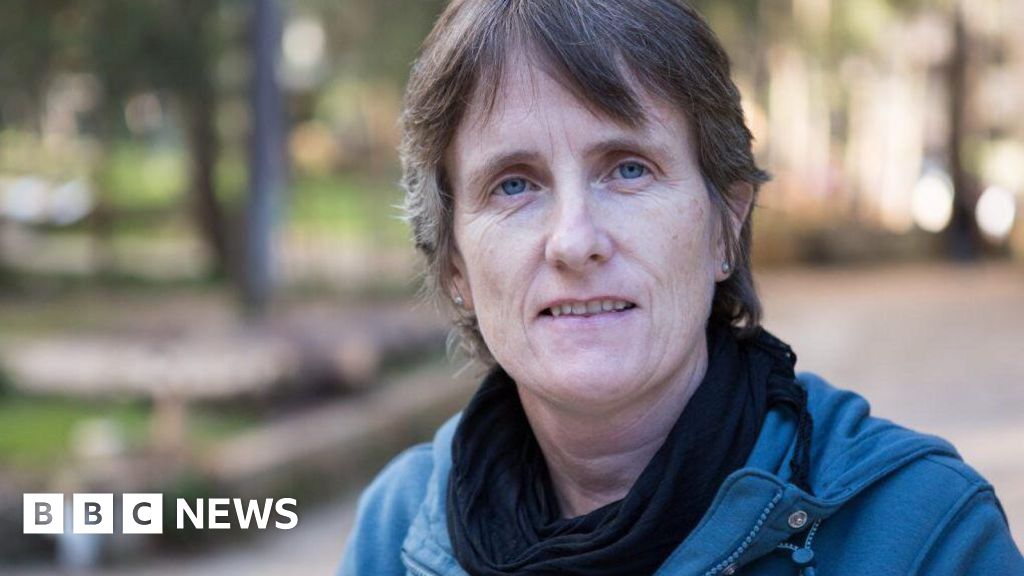
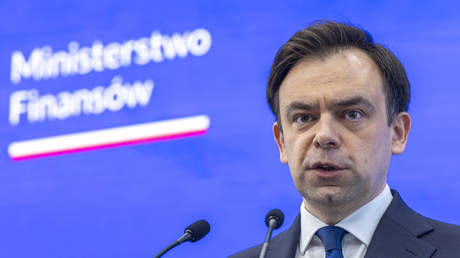

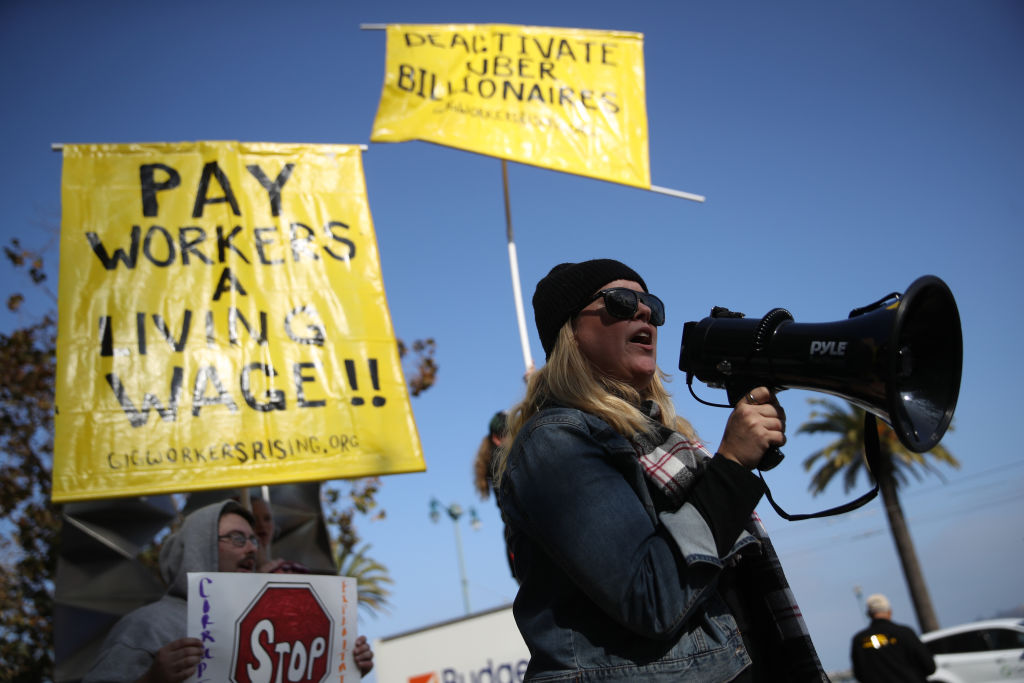
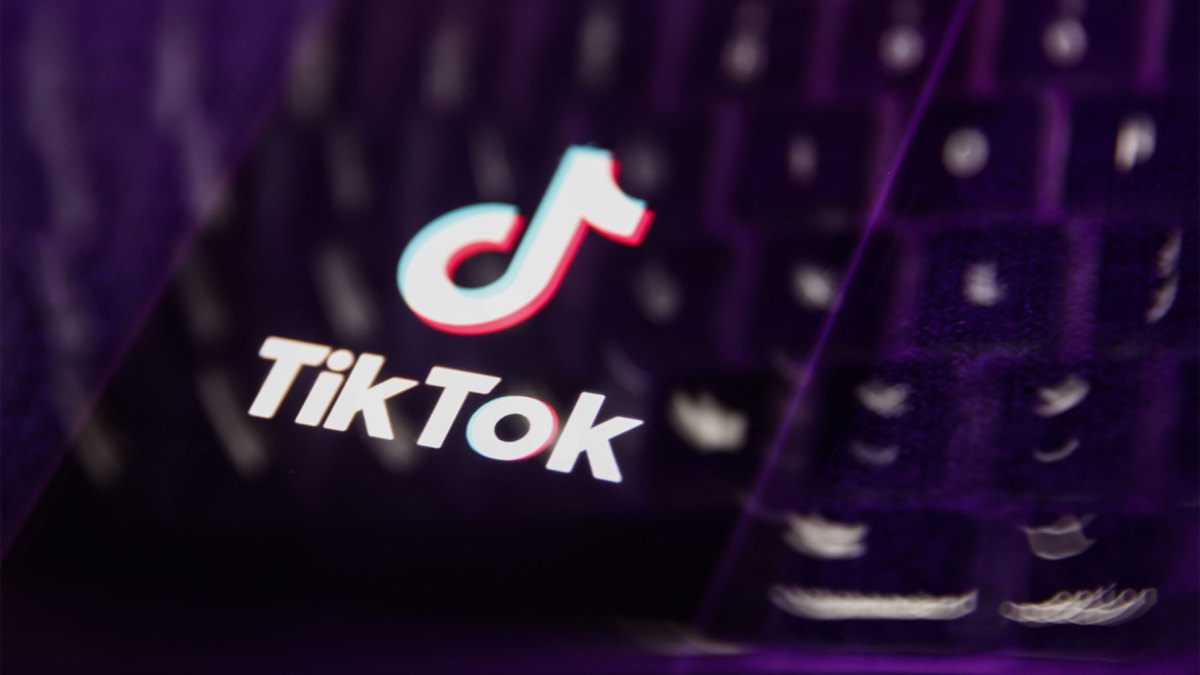


























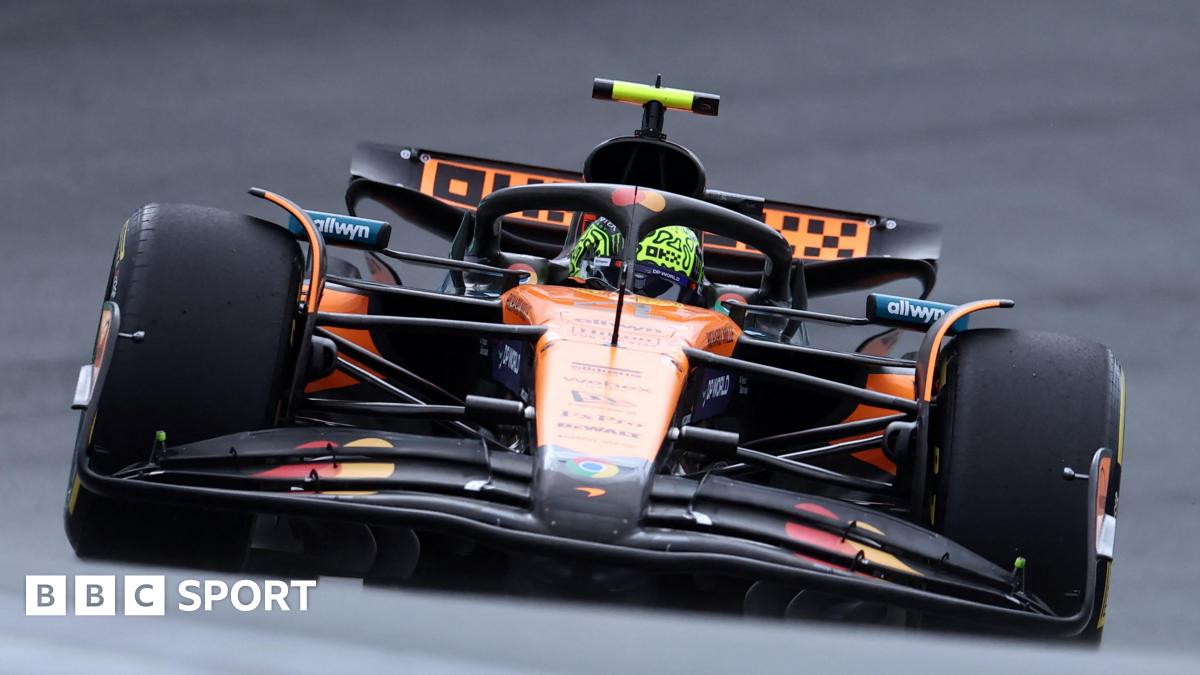
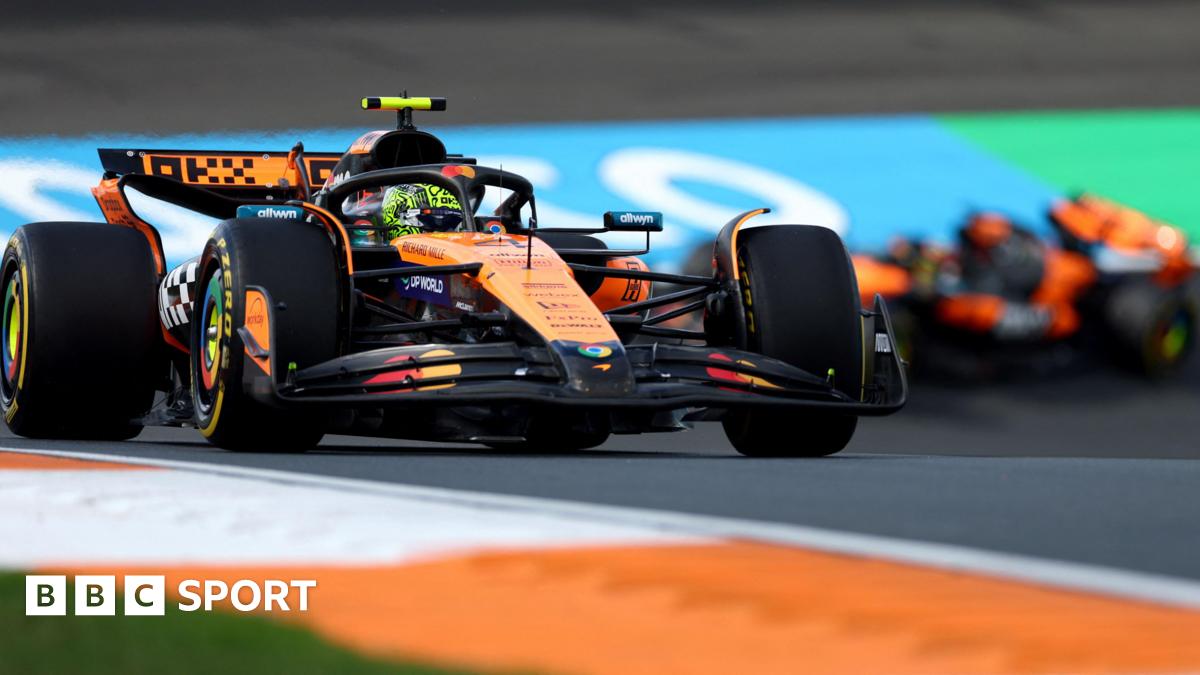













![[Premiere] Ryan Collins shares energetic, inspiring single "Stars N Stripes"](https://earmilk.com/wp-content/uploads/2025/08/Screenshot-2025-08-29-at-4.40.03-PM-800x504.png)


